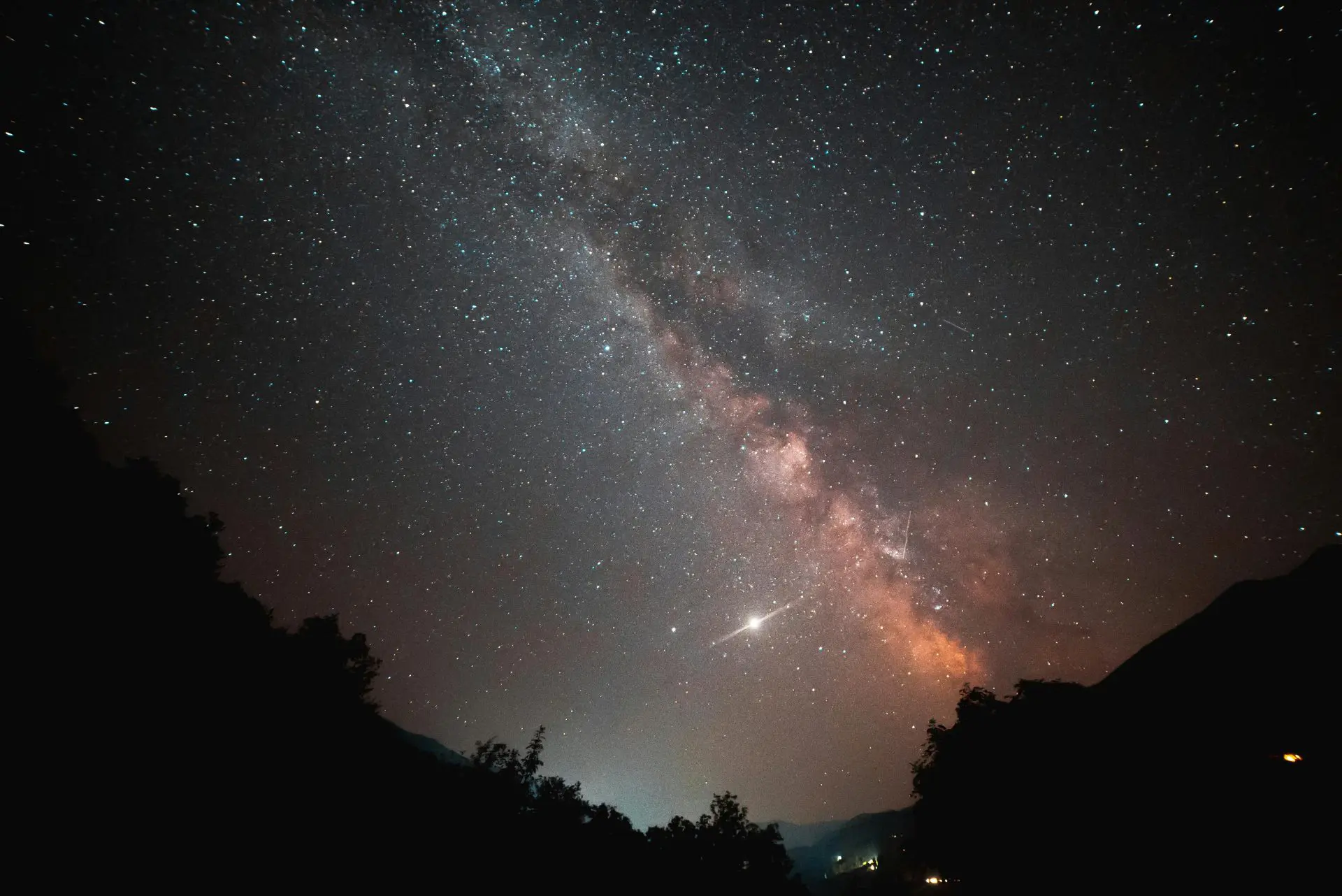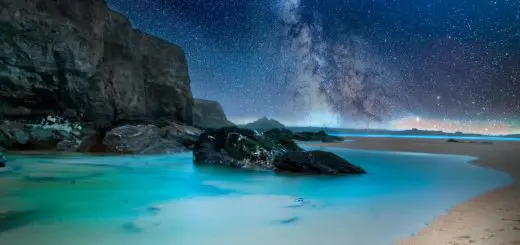The Lobi People: Shrine Statues and Earth Spirits

Looking for more amazing products? Check out our online store and explore our collection here! Happy shopping!
Before diving in, please note: This post is for informational purposes only. If you’d like to know more about how we approach topics, feel free to check out our friendly Disclaimer Page.
Hey there, amazing readers! 
We’re committed to delivering quality posts, and your support (even just sticking around despite the ads) means everything to us. So, bear with us, and thanks for helping us keep the good vibes rolling. Now, on to the fun stuff!
TRANSLATE BUTTON AT THE END OF THE ARTICLE
The Lobi People: Shrine Statues and Earth Spirits
Overview
The Lobi people, residing in Burkina Faso, Ivory Coast, and Ghana, have a rich cultural heritage deeply rooted in their spiritual beliefs and practices.
Central to their culture are the intricate shrine statues, which serve as representations of earth spirits and ancestors.
These statues hold great significance for the Lobi people, acting as intermediaries between the physical and spiritual realms.
In this article, we will delve into the origins, history, and symbolism behind Lobi shrine statues, as well as explore their unique features and the rituals associated with them.
We will also shed light on the importance of ancestors in Lobi tradition and discuss ongoing efforts to preserve this cultural heritage.
Introduction to the Lobi People
The Lobi people, also known as the Lobi Bwa or Lobi Bala, are a ethnic group primarily inhabiting the border regions of Burkina Faso, Ivory Coast, and Ghana.
They have a population of around 180,000 people and are known for their distinct culture and spiritual traditions.
The Lobi people have a deep connection to the land and believe in the existence of earth spirits, which play a significant role in their daily lives.
These spirits are believed to reside in specific locations, such as trees, rocks, and rivers, and are believed to have the power to influence the well-being of individuals and communities.
Origins and History of the Lobi People
The origins of the Lobi people can be traced back to the 18th century when they migrated from present-day Ghana and settled in their current regions.
The Lobi are believed to be descendants of the Gur-speaking peoples who once resided in the ancient Mossi Kingdom.
Over time, the Lobi people established their own independent communities and developed a unique cultural identity, which is still evident today.
Despite their relative isolation, the Lobi people have managed to preserve their traditions and customs over the centuries.
Significance of Shrine Statues in Lobi Culture
Shrine statues hold great importance in Lobi culture, acting as physical representations of earth spirits and ancestors.
These statues are prominently displayed in shrines, which are considered sacred spaces where rituals and offerings are made.
The shrine statues are believed to possess spiritual power and are revered as intermediaries between the earthly and spiritual realms.
They serve as focal points for spiritual practices, prayer, and communication with the divine.
The Lobi people have a deep respect for these statues, considering them guardians of their communities and sources of protection and guidance.
Exploring the Spiritual Beliefs of the Lobi People
The spiritual beliefs of the Lobi people revolve around the existence of earth spirits, known as Thil.
These spirits are believed to be present in every aspect of the natural world, including plants, animals, and geographical features.
The Lobi people view the earth as a living entity, and the Thil as its guardians.
They believe that by maintaining a harmonious relationship with the Thil, they can ensure the well-being of their communities and seek their assistance in times of need.
Rituals, offerings, and sacrifices are performed to honor and appease the Thil, seeking their blessings and protection.
Ritual Practices and Offerings to Earth Spirits
Ritual practices are an integral part of Lobi spiritual life.
The Lobi people believe that through rituals, they can establish a connection with the earth spirits and their ancestors.
These rituals often involve offerings of food, drinks, and other items, which are believed to be pleasing to the spirits.
Sacrifices of animals, such as chickens or goats, are also made on special occasions.
The rituals are performed by designated individuals, often priests or spiritual leaders, who act as intermediaries between the community and the spirits.
Through these rituals, the Lobi people seek guidance, protection, and blessings from the earth spirits.
Unique Features of Lobi Shrine Statues
Lobi shrine statues are renowned for their unique features and intricate craftsmanship.
Typically carved from wood, these statues exhibit a distinctive elongated and abstracted form, often with exaggerated features such as elongated heads, necks, and limbs.
The statues are created using traditional carving techniques, passed down through generations.
They are adorned with intricate patterns and symbolic motifs, which hold deep meanings in Lobi culture.
The statues are also characterized by their weathered appearance, resulting from years of exposure to the elements and the ritualistic applications of sacrificial substances.
Importance of Ancestors in Lobi Tradition
Ancestors hold a significant place in Lobi tradition and are regarded as important spiritual beings who continue to influence the lives of their descendants.
The Lobi people believe that the spirits of their ancestors guide and protect them, offering wisdom and support.
Ancestral worship is an essential part of Lobi culture, and shrines often have dedicated spaces for honoring and communicating with the ancestors.
Offerings are made to the ancestors, including food, drinks, and personal belongings, as a way of showing respect and gratitude for their presence and guidance.
Symbolism and Meanings behind Lobi Shrine Statues
Lobi shrine statues are not merely decorative objects but carry deep symbolism and meanings.
The elongated forms of the statues symbolize the connection between the physical and spiritual realms, representing the spirits’ ability to transcend earthly boundaries.
The exaggerated features, such as elongated heads, are believed to symbolize the spirits’ heightened spiritual consciousness and wisdom.
The patterns and motifs carved into the statues often represent aspects of nature, such as snakes, birds, or plants, signifying the spirits’ connection to the natural world.
Each statue is unique and may hold specific symbolism relevant to the individual or community it represents.
Preservation Efforts for Lobi Cultural Heritage
As with many indigenous cultures, the Lobi people’s cultural heritage and traditions are at risk of being lost or eroded due to various factors, including modernization, urbanization, and globalization.
Recognizing the importance of preserving this unique cultural heritage, efforts have been made to document and protect Lobi shrine statues and other artifacts.
Museums, cultural institutions, and international organizations have collaborated with local communities to promote awareness and appreciation of Lobi culture.
Additionally, initiatives have been launched to empower Lobi artisans, ensuring the continuation of traditional carving techniques and skills.
Contemporary Relevance of Lobi Spiritual Practices
Despite the challenges posed by modernization, Lobi spiritual practices remain relevant in contemporary society.
The Lobi people continue to seek the guidance and protection of the earth spirits and ancestors, particularly in times of crisis or when facing challenges.
The rituals and offerings made to the spirits serve as a reminder of the importance of maintaining a harmonious relationship with the natural world.
The Lobi people’s spiritual practices also offer a sense of identity and pride, reinforcing their cultural heritage and connecting them to their ancestral roots.
Conclusion: Understanding the Lobi People and their Art
The Lobi people’s spiritual beliefs and practices are deeply intertwined with their cultural identity and art forms.
The shrine statues, with their unique features and symbolism, act as intermediaries between the physical and spiritual realms, connecting the Lobi people to their ancestors and the earth spirits.
These statues, along with the rituals and offerings associated with them, are integral to Lobi culture, providing guidance, protection, and a sense of community.
Efforts to preserve Lobi cultural heritage are crucial in ensuring the continuation and appreciation of this rich and unique tradition for future generations.
By understanding and valuing the Lobi people and their art, we can gain deeper insights into the diverse spiritual beliefs and practices that enrich our global human experience.

The Enlightenment Journey is a remarkable collection of writings authored by a distinguished group of experts in the fields of spirituality, new age, and esoteric knowledge.
This anthology features a diverse assembly of well-experienced authors who bring their profound insights and credible perspectives to the forefront.
Each contributor possesses a wealth of knowledge and wisdom, making them authorities in their respective domains.
Together, they offer readers a transformative journey into the realms of spiritual growth, self-discovery, and esoteric enlightenment.
The Enlightenment Journey is a testament to the collective expertise of these luminaries, providing readers with a rich tapestry of ideas and information to illuminate their spiritual path.
Our Diverse Expertise
While our primary focus is on spirituality and esotericism, we are equally passionate about exploring a wide range of other topics and niches 

To ensure we provide the most accurate and valuable insights, we collaborate with trusted experts in their respective domains 
Our blog originally focused on spirituality and metaphysics, but we’ve since expanded to cover a wide range of niches. Don’t worry—we continue to publish a lot of articles on spirituality! Frequently visit our blog to explore our diverse content and stay tuned for more insightful reads.
Hey there, amazing reader! 
Check out our store here and take a peek at some of our featured products below! Thanks for being awesome!
















